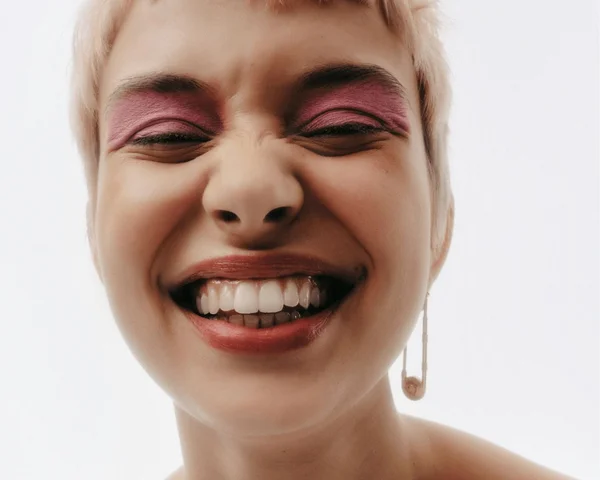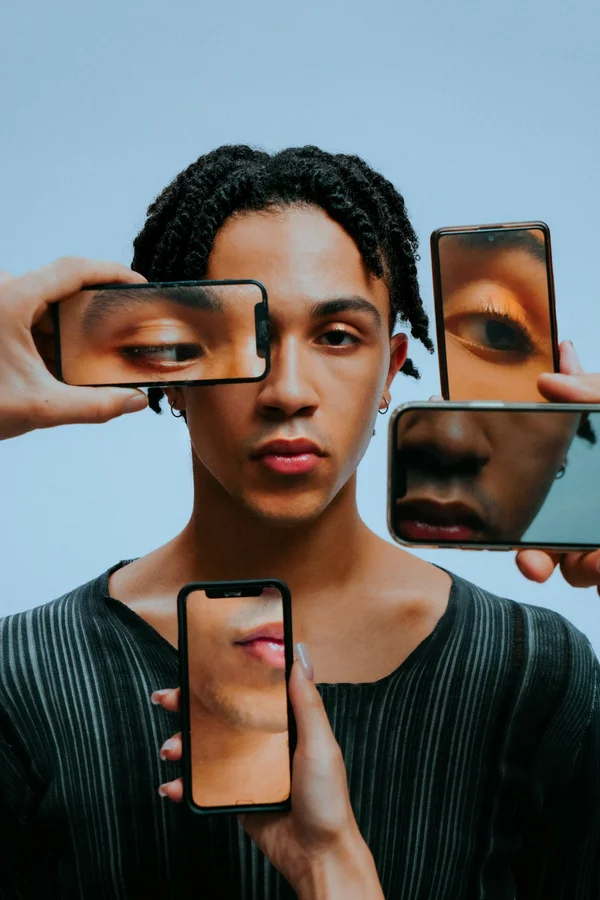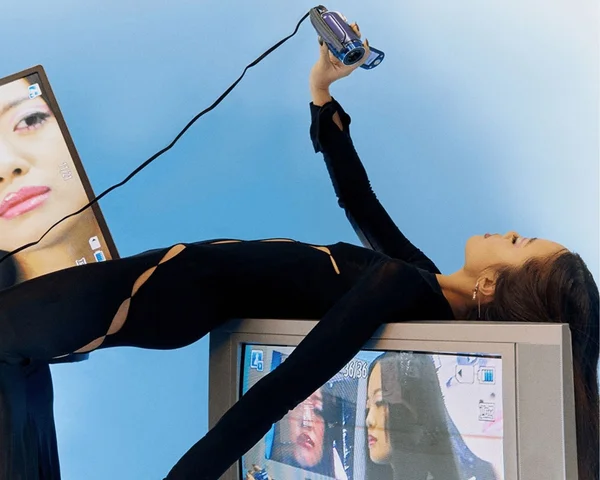Forget Fashion, Your Aura Matters Now
By Florenne Earle Ledger published 13/03/2025
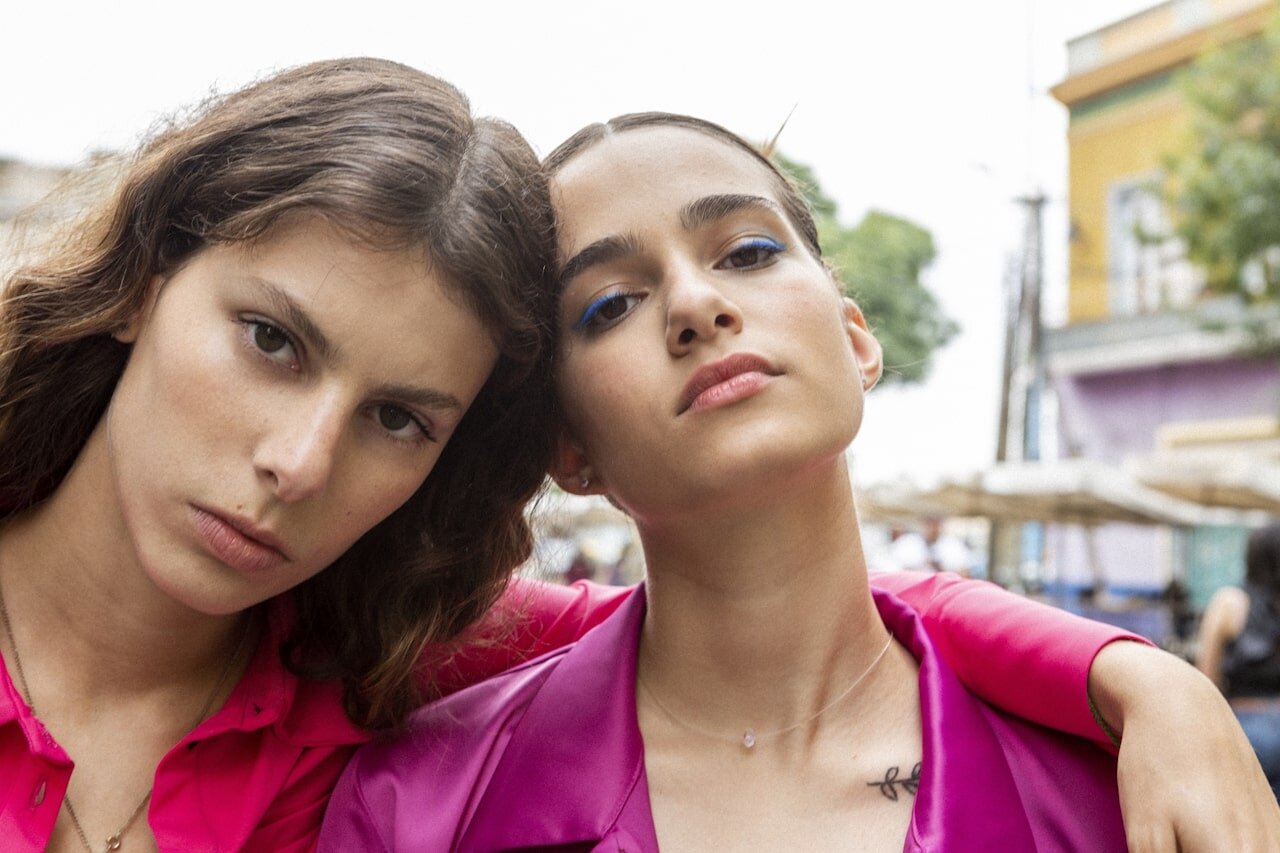
It’s not just your clothes that make you cool now; it’s your aura. Whether it’s a response to the overwhelming choices available to Gen Z or a rebellion against the rise of “ready-to-buy cool” that brands have tried to tap into through virality, subdued and pared-back fashion is popular again.
In the last few years, we’ve seen a whirlwind of trends. From the ones that clung on for a while, like “cottage core,” to fleeting micro trends as bizarre as “tomato girl summer” and “mob wife,” there’s now a slight hole in our feeds, filled with baggy jeans and side bags—dubbed the “TikTok Uniform.”
When brands realised that one viral TikTok could skyrocket sales, many tried to create products that people could buy to instantly show they were “on trend” and in the know. Like anything, once a product is widely popular and easily accessible, its street cred dramatically declines, leaving copy-and-paste aesthetics in the dust. Enter auras.
Where does this leave us now? For years I’ve been waiting for online trends to slow down, to give us space to think for ourselves and develop our personal style. Now it’s happened, it’s not quite as satisfying as I thought it would be. The post-microtrend world I imagined was a place where people would feel freer to wear whatever they wanted. Creativity would be rife. People would feel less pressure to fit in. Sadly, I fear what’s actually happened is that being “fashionable” has become even more inaccessible with auras being associated with niche brands and fancy clothes. Although, there is plenty to suggest this isn’t the case. Let’s explore both sides.
It seems trending auras online are reserved for people wearing expensive items from niche brands you probably won’t have heard of. Dazed put it like this: "Nowadays, it seems that what constitutes cool isn’t dressing edgy, but rather it’s the quality of your clothes, the hidden layers of cultural cachet that exist in knowing that the microshort or knit jumper you purchased is from Cafe Forgot or bespoke brands like Lucila Safdie and Sherris”. In a shift that could have made feeling confident in yourself easier, arguably it’s made that feeling even more exclusive and difficult to obtain.
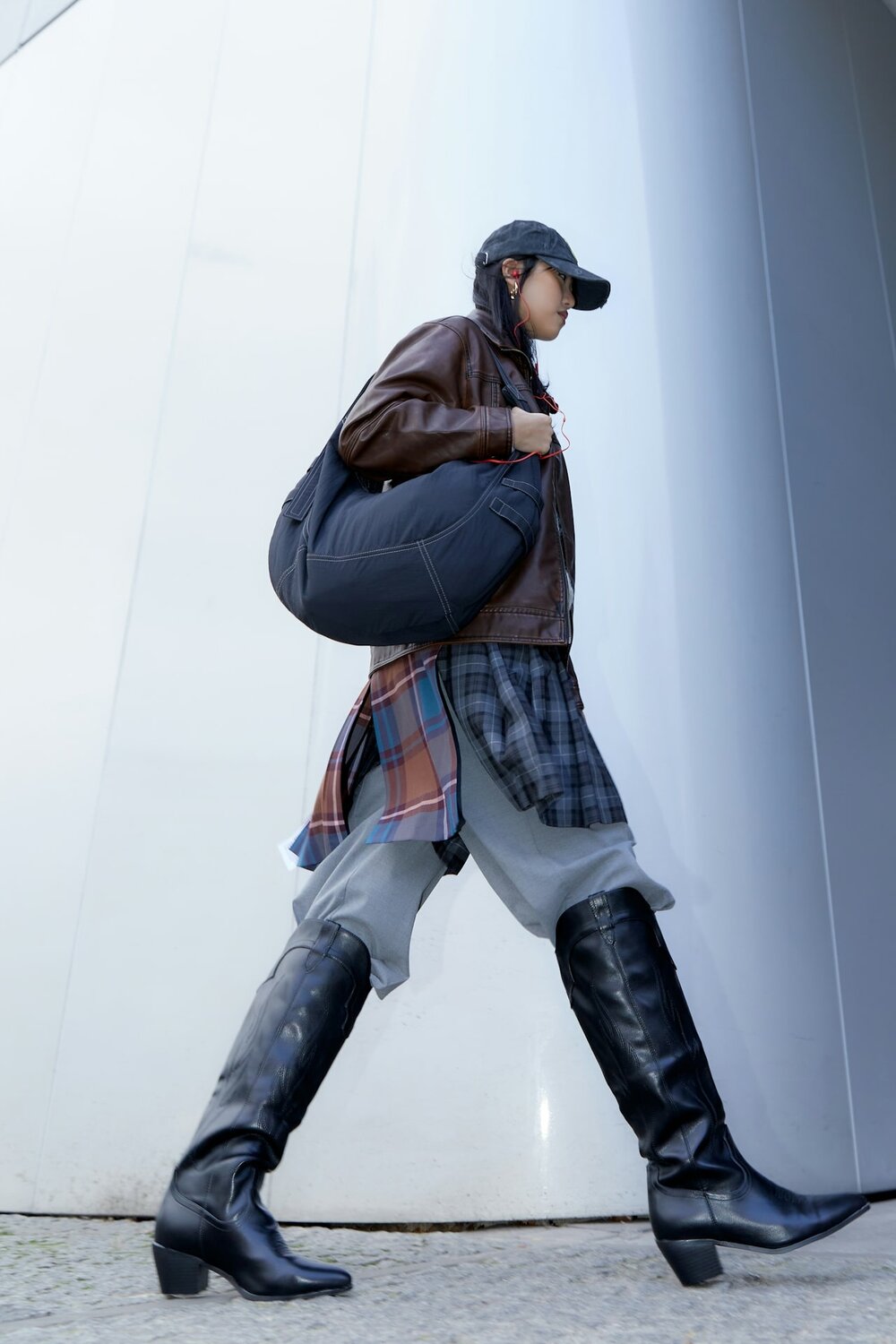
On the flip side, people being interested in what their clothes are made of is a great thing. An emphasis on materials and quality rather than cheap replicas is definitely a positive. Shifting our mindset from “this is cute, i’m buying it” to “this is cute. I wonder what it’s made out of?” holds potential new pieces entering our wardrobe to a higher standard, increasing our chances of buying items we love that are made to last. Taking a moment to think about where our clothes come from and the impact their origins have on the planet is definitely a step in the right direction for a fairer future of fashion.
It doesn’t have to be exclusive and expensive. Whilst high-quality clothing is justifiably pricy, most of us don’t know about bespoke brands and don’t have £300 to spend on a high-quality jumper. But, you can find high-quality second-hand items in charity shops or on Vinted if quality is important to you.
That being said, I find it interesting that people’s auras who wear more alternative or “affordable” clothing are usually recognised as chaotic or rebellious characters, rather than aspirational. In a time where inequalities are on the rise, are we at risk of perpetuating the idea that money equals status?
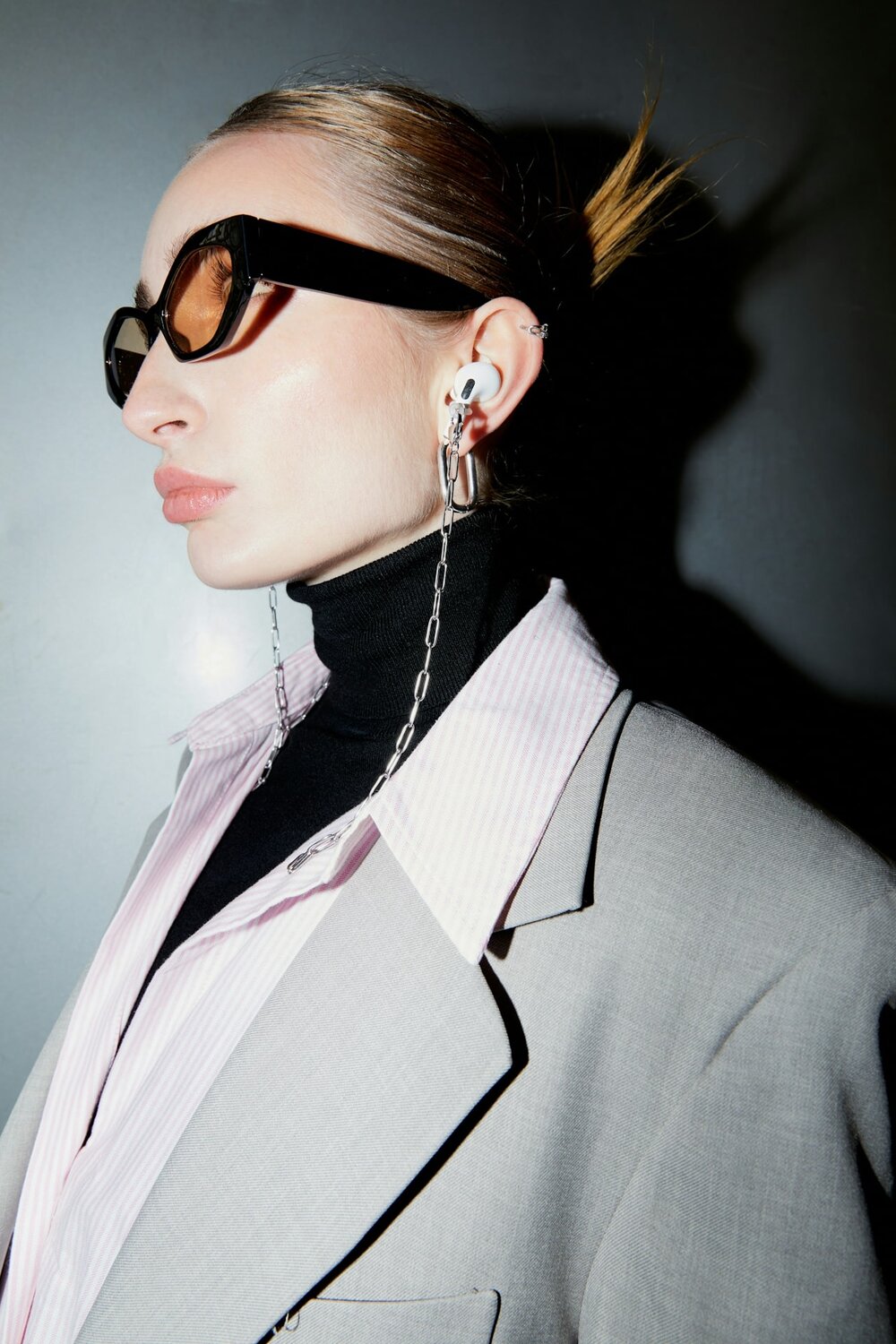
Another reason we may have deviated to a toned-down version of fashion is the general feeling of uncertainty that’s rife at the moment. While wellness, whole foods, and fitness are on the rise, our collective mental health is on the decline. We’re all looking for something we can control, and maybe a simplistic style feels more achievable. It’s worth mentioning that throughout history, in times of economic decline, trends have often lent themselves to simpler and more practical styles.
Although, it’s not all dreary. GQ suggests there is a lot of evidence to show some of the most interesting trends were “born out of economic downturns”. Difficult circumstances encourage creativity in different ways. Whilst the colour of the 2025, Mocha Moose, is more neutral than years prior, looking beneath the surface of the rise of “basic fashion”, shows people have found new ways to express themselves outside of colours and patterns.
From bag charms to people using hair and makeup to spice up their look, more people are using their faces and hair as a way to accessorise and contribute to their overall “aura”, without splashing the cash. Smaller purchases like brooches and bag charms are a new entry point into the luxury market as prices of previously affordable items like purses rise. For young people wanting a slice of luxury, these items are an affordable way to customise your outfit. Incorporating a brooch or a keyring into your look arguably calls for more creativity than simply wearing an expensive bag or T-Shirt.
I like that we’re shifting away from our clothes being the primary definitive point of “cool” and leaning towards the general vibes we give off as the determining factor. In other words, focusing on the more important thing, what’s on the inside.
Let us know your thoughts on this topic on our socials @Whering__.
Something on your mind?
Share your thoughts with Whering community.
If you have an idea for an article around fashion, culture, environment, news, wellness, shopping or DIY, submit a pitch to us!
